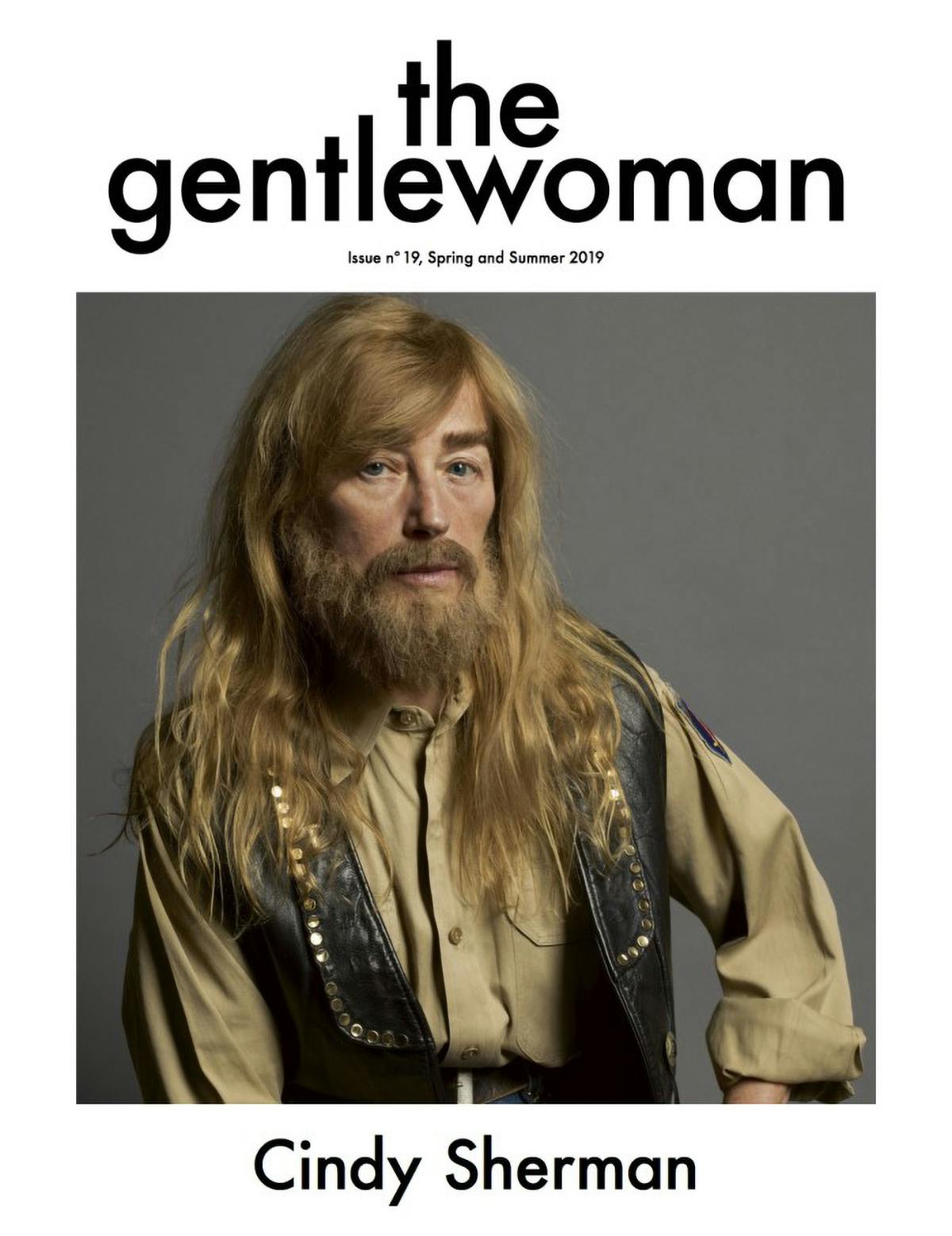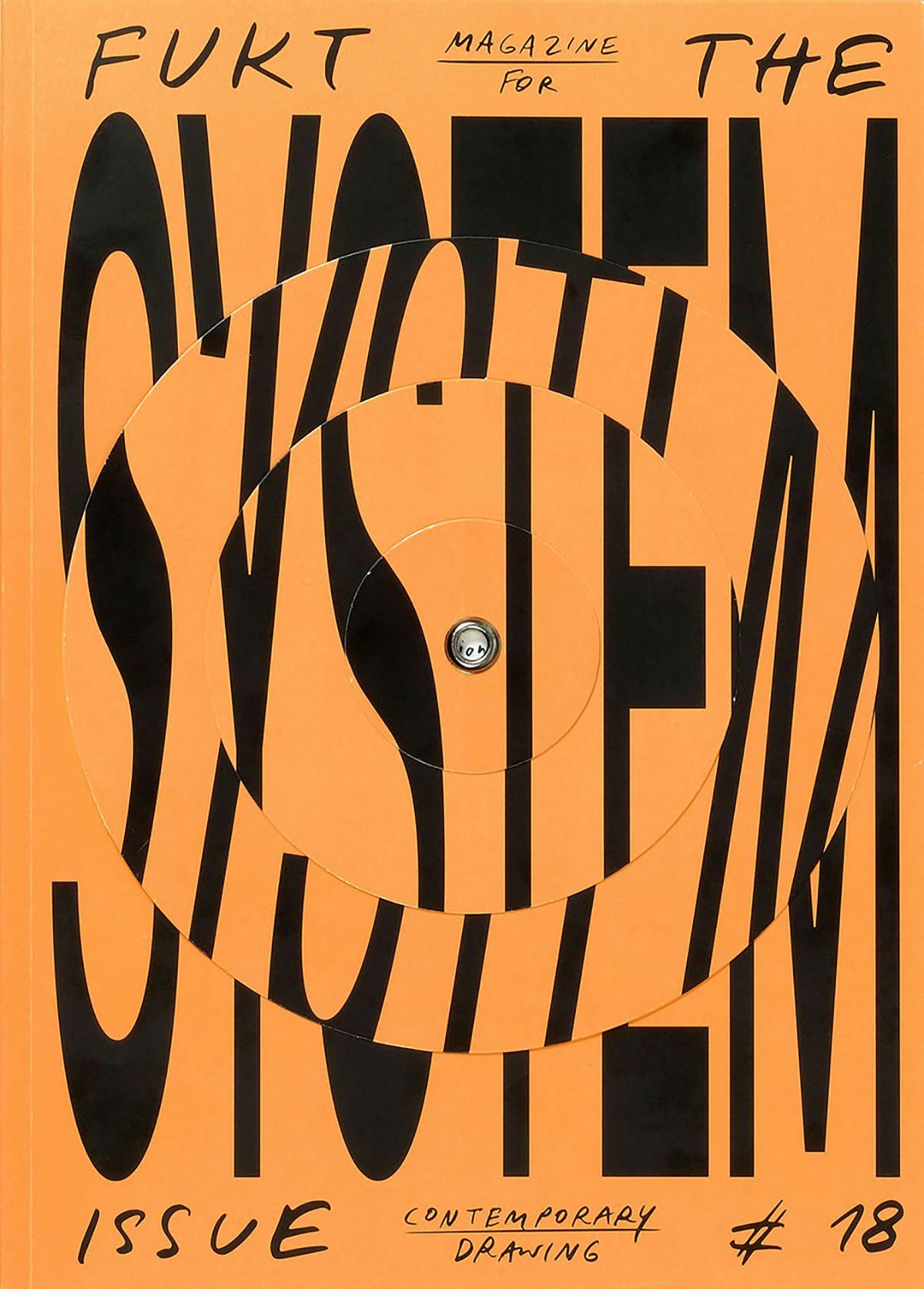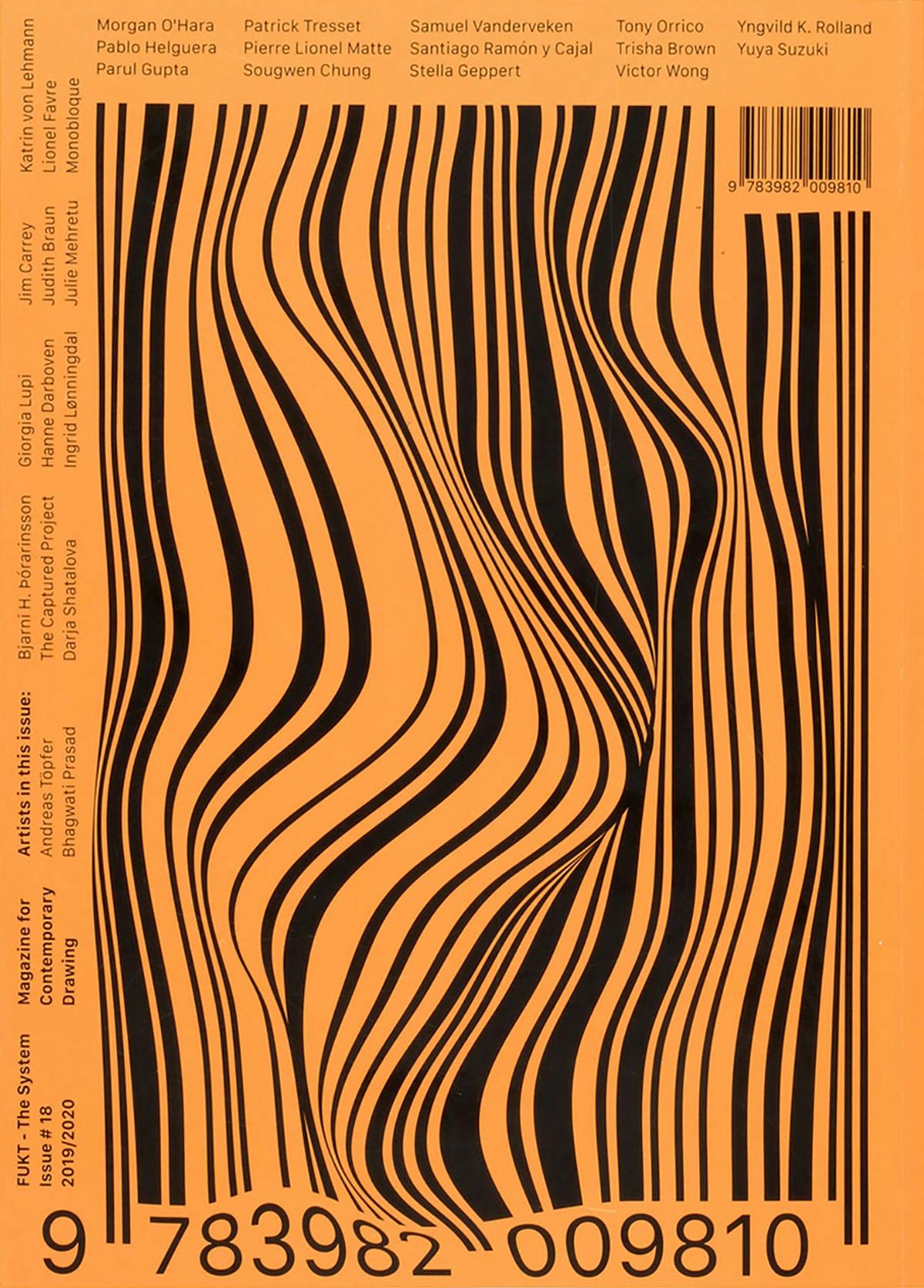Magazine covers of the year 2019
While the last few years have seen magazines launch a tirade against the world’s power brokers, 2019 has been about chipping beneath the surface. We look back at our ten favourites covers of the year
Compared with the last few years, there’s been a marked absence of orange across magazine covers in 2019. Once the colour palette du jour thanks to artists like Edel Rodriguez, magazines have been leaning into the serious questions surrounding the Trump administration, rather than parodying the man himself.
This isn’t because the media have given up on criticising the world’s power brokers. Instead, it seems magazines have changed tack, giving more gravity to stories, offering platforms to important voices, addressing some of the broader issues surrounding society, and sometimes even spotlighting positive news.
2019 also saw media go somewhat meta, using their publications as a medium to delve into issues and ideas shaping their own world. Earlier this year, Harvard Design Magazine left its cover as a sparse layout design to represent the trivialisation of the interior, not unlike Buffalo’s unfinished issue. Meanwhile in Australia, newspapers throughout the country coordinated a redacted front cover in a stand against threats to freedom of the press, demonstrating just how powerful editorial design can be. We’ve chosen the ten most noteworthy magazine covers from what was, in many ways, a year of introspection.
The Gentlewoman: Cindy Sherman; Issue 19, SS19
The Gentlewoman has become known for its superb cover stars, but really pushed the boat out for its first issue of the year. Iconic American artist Cindy Sherman was enlisted for not one but two covers shot by photographer duo Inez & Vinoodh, marking the first time the magazine has had a split cover. Each cover saw Sherman adopt a different guise, one a bearded, leather-clad figure – an ode to the many masks she’s adopted in her self-portraiture over the years – as well as her newfound role as her ‘self’ in front of the camera. Editor-in-Chief Penny Martin told magCulture: “When I read Heidi Julavitz’s profile [of Sherman], which documents something no one ever witnesses – the process of Cindy Sherman being transformed – it became clear we had the opportunity to not only show what the Great American Artist ‘really looks like’ but to also pose the question of which persona is the true Cindy – ‘real’ or constructed.”
Bloomberg Businessweek: The Apology Machine

Over a few short years, the public’s perception of Mark Zuckerberg has gone from Silicon Valley game-changer to complicated young entrepreneur (by way of The Social Network) to one of the most scorned people on earth. One year after the Cambridge Analytica scandal emerged and its irreparable consequences were revealed, Bloomberg Businessweek published a cover that does well to encapsulate Zuckerberg’s broken strategies. Teary, red-eyed and very boyish in his big businessman suit, The Apology Machine has all the makings of a humanistic sob story – but plastered in lime green script instructing him to apologise or wipe a tear, the image ruthlessly rips off the mask.
Buffalo Zine: Copy(right) ©2019
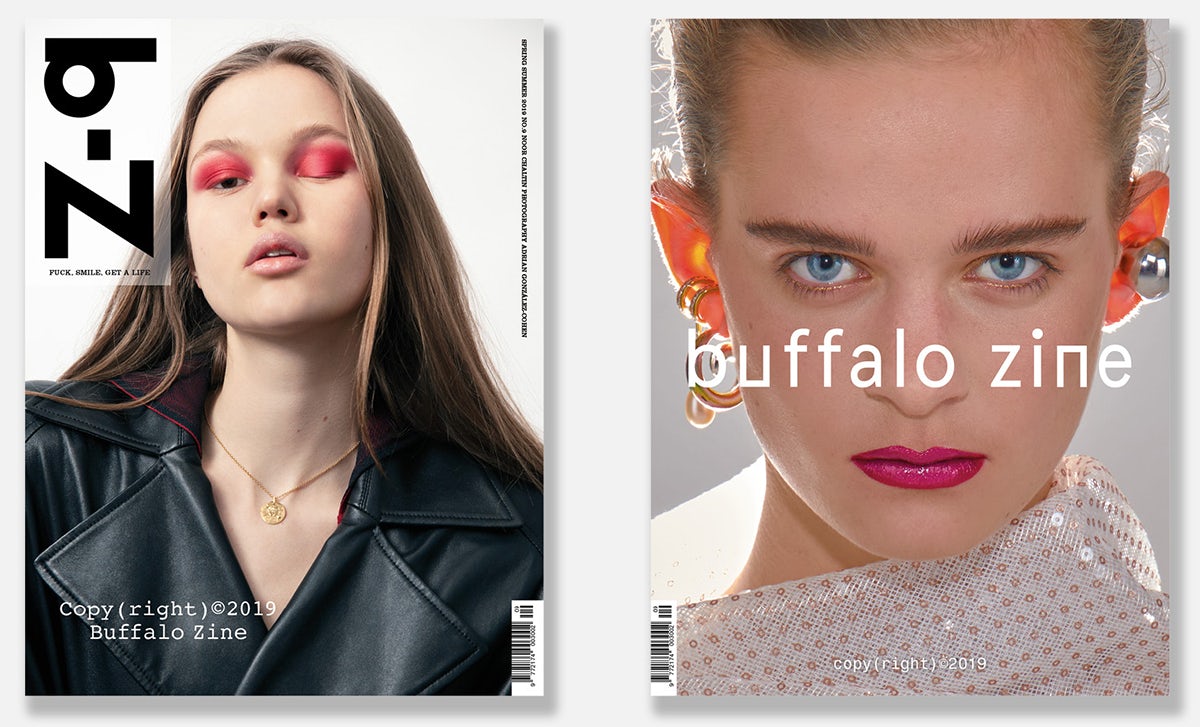
Ever the disruptors in the world of publishing, Buffalo Zine questioned our drive for authenticity and originality by unexpectedly ‘plagiarising’ its fellow fashion mags, including Dazed, i-D, The Gentlewoman, Fantastic Man and System magazine (all of whom praised the covers). Somewhere between paying homage and trolling, Buffalo Zine’s series of nine covers was wonderfully introspective and exposed what many of us are asking: what is it to be new anymore?
The New York Times Magazine: The Climate Issue

The climate crisis has been a hot topic this year, with the likes of Greta Thunberg leading global strikes and embedding the discussion in everyday conversation. For its annual climate-focused issue, The New York Times Magazine explored putting a price on the end of the world as we know it, and was praised for the clever visual interpretation created by Pablo Delcan, which took a literal approach through price stickers. “We went back and forth with showing the earth starting to disintegrate, but ultimately we were drawn to the much more brutal image of the earth engulfed in flames,” said Editor-in-Chief Jake Silverstein in the magazine’s Behind The Cover video.
Süddeutsche Zeitung Magazin: Die letzten Dinge [last things]
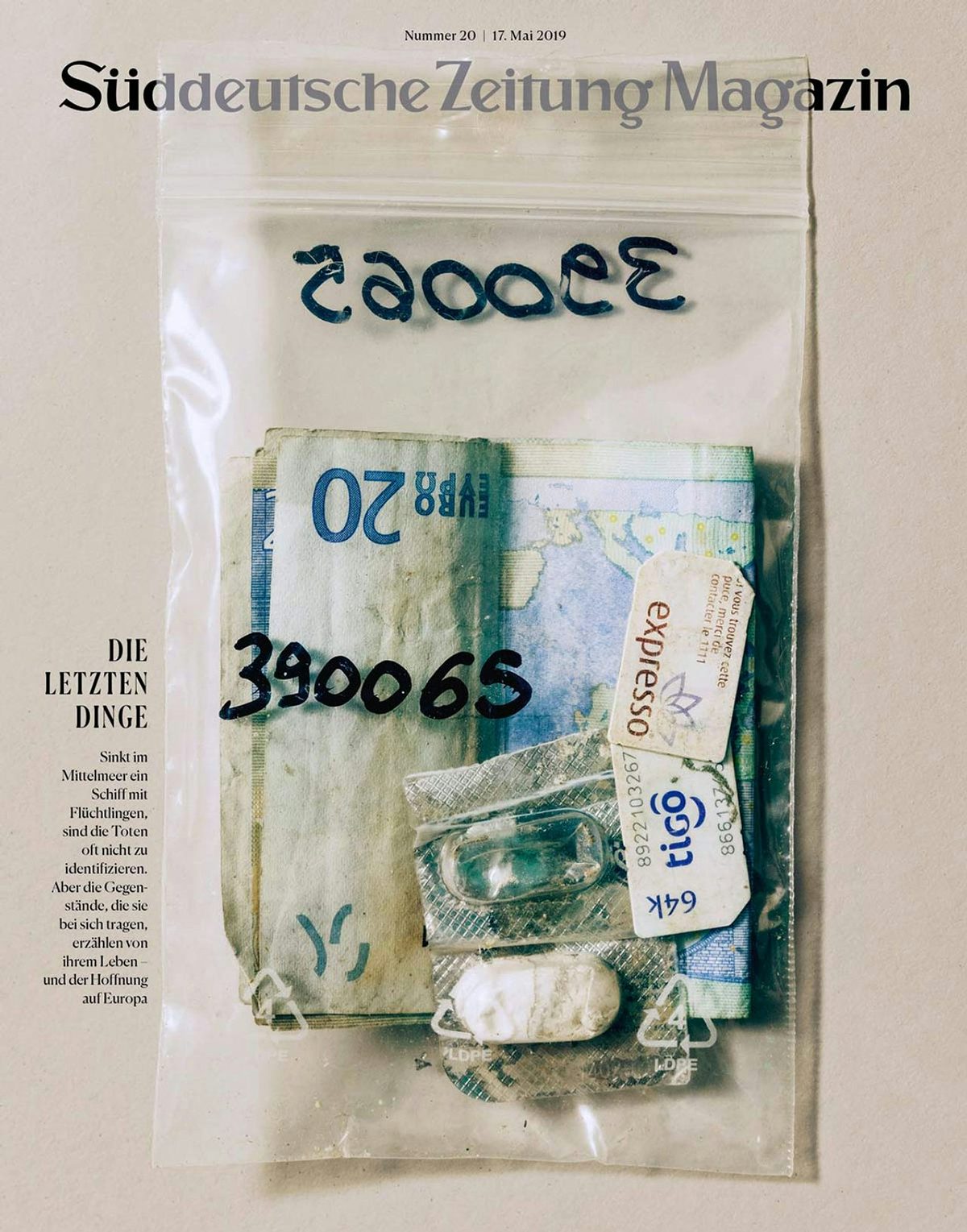
SZ-Magazin often has visually striking covers, but moved the public with its cover design that accompanied an investigation on refugees. The story looked at the belongings left behind by refugees who die crossing the Mediterranean, and whose legacy is often merely a case of what items are discovered in the sea. The magazine placed this harrowing truth at the centre, turning the cover into a plastic bag filled with real possessions that once belonged to real people – labelled only with a number.
TIME: Enough

By only August of this year, the number of cities crammed into TIME’s cover of US mass shootings in 2019 had already tallied 253. As gun violence continues to plague the country, the magazine called for an end to the crisis and announced white supremacists as the face of terrorism in the USA. The issue came after the shooting in El Paso earlier that month, where the shooter “confessed to targeting Mexicans”, and received widespread coverage from other media outlets. Some social media users highlighted that even one city would warrant the headline ‘Enough’, others declared it was fearmongering, yet the overwhelming cover makes it hard to see it as anything other than a shocking truth.
The Face: Tyler, The Creator; Vol 4, Issue 001

This year saw the return of The Face, and with it the revival of its print magazine – 15 years after it published what everyone thought would be its last issue. For the first set of new issues, the magazine snapped up creative multihyphenate Tyler, The Creator, who had a big year with his hit album IGOR. The Face cover story saw Tyler adopt his blonde-wigged, super sassy on-stage get up, which is something of a rarity when it comes to editorial shoots.
FUKT: The System Issue; Issue 18
Contemporary drawing magazine FUKT snapped up Cover of the Year at Stack Awards 2019 for its System issue, which delved into rules, schedules, systems, diagrams and more. The cover was open to interpretation, from the way the magazine name and issue title beg to be read together, to the interactive design that allows readers to spin segments of the system in different orientations. And while the back of a typical magazine is often neglected, flipping the issue over reveals a bar code blown up and warped – leaving a powerful lasting impression which tells us that any system can be FUKT with.
New York Magazine: Impeachment Season Begins
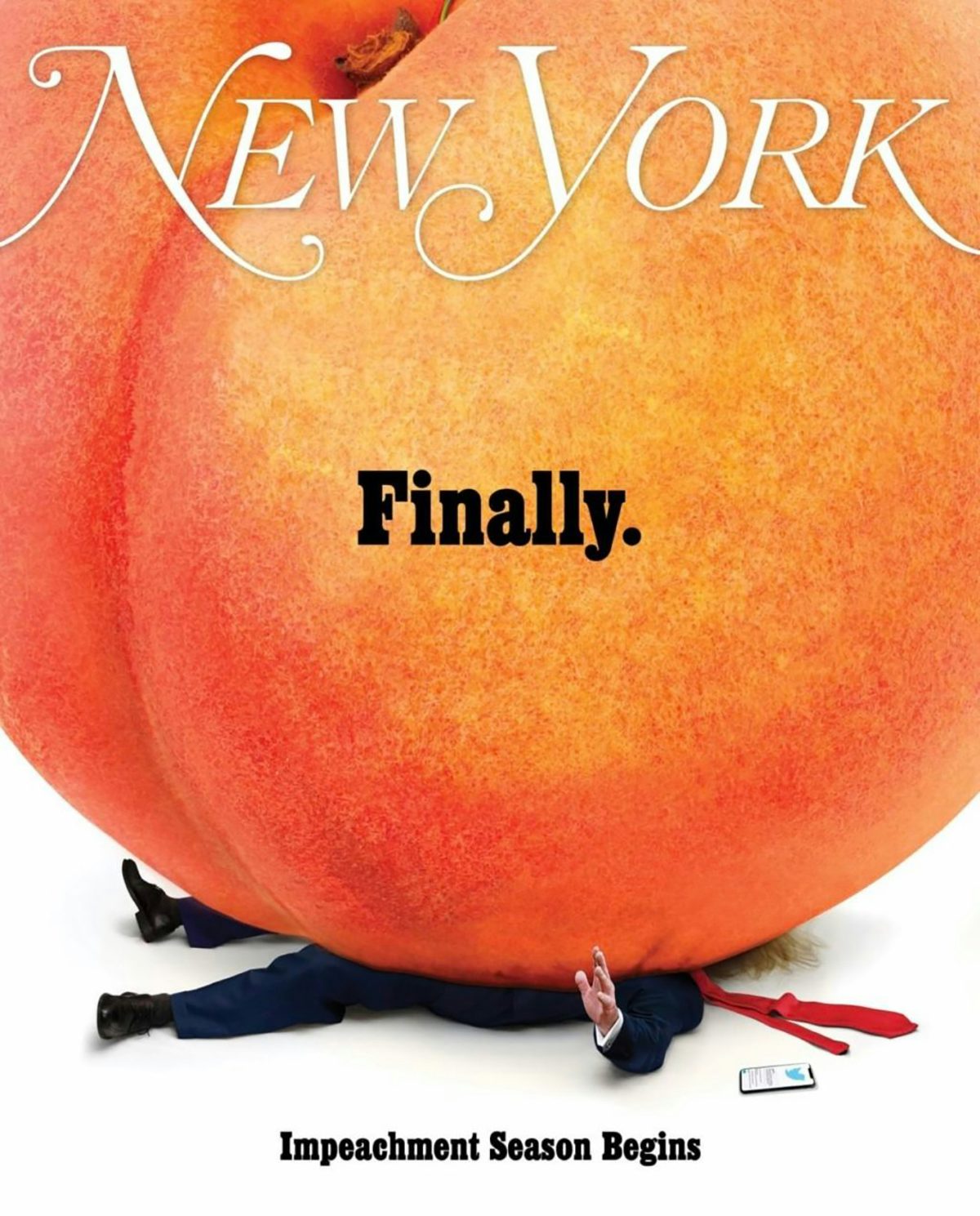
Trump used to be a mainstay on magazine covers, especially the titans from the Big Apple. They may have switched their approach this year, but that’s not to say the President escaped their watchful eye – especially when the news broke that he would be facing an impeachment enquiry. Naturally, longstanding Trump critics New York Magazine jumped at the chance to draw the link between impeachment and peaches, which in itself became a symbol for Trump due to its vibrant hue. New York Magazine wasn’t the only one to use the fruit in its cover, but it was by far the boldest, showing the President squashed beneath an inflated peach – though we’d expect nothing less from the magazine that (in)famously published Barbara Kruger’s ‘loser’ cover only days before he won the 2016 elections.
Guardian Weekend: Naomi Campbell

“It’s my first time in 33 and a half years, shooting with a black photographer in mainstream fashion,” British model and original ‘super’ Naomi Campbell wrote on Instagram last month, when her Guardian Weekend cover story was published. The public was naturally appalled by this statistic, but it seemed right that this spell was broken by photographer Campbell Addy – a figure at the forefront of discussions around diversity in fashion photography, who runs his own casting agency aimed at progressing representation. The shoot marked the coming together of two influential individuals, who have each helped to drive progress in the fashion world in their own way.

